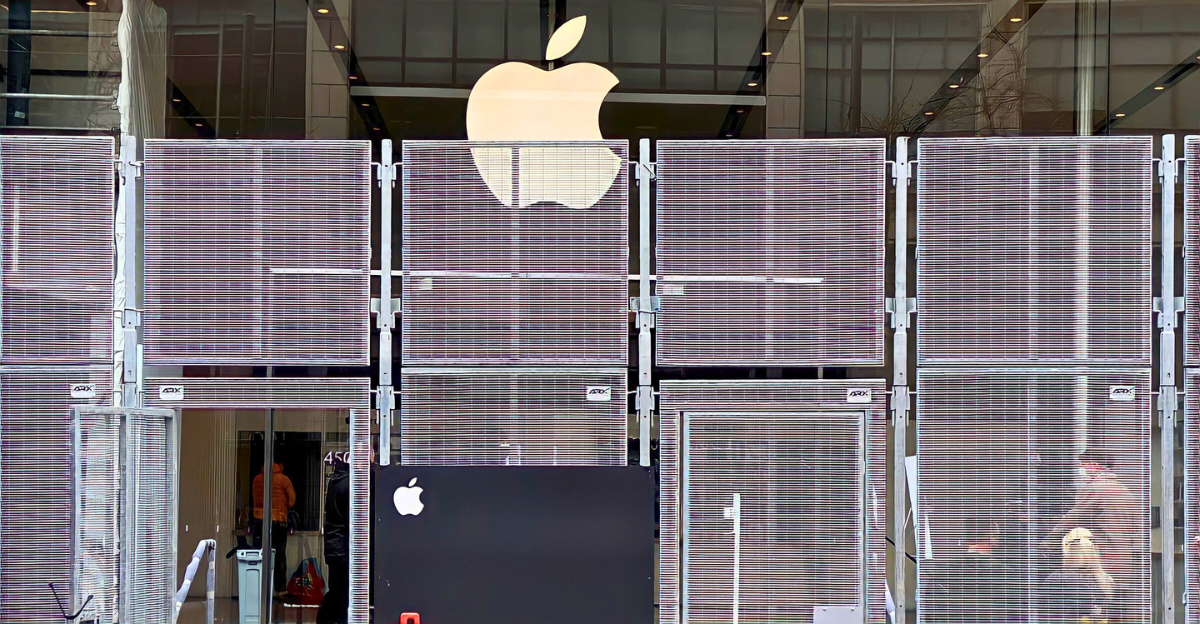
A turning point was reached when Apple decided to close a retail location in China for the first time since joining the market in 2008, exposing changing difficulties in its second-largest revenue region. In China’s ever-changing retail environment, the August 9, 2025, closure of the Parkland Mall store in Dalian City represents growing economic pressures and changes in consumer behavior.
Even though Apple still has more than 50 locations in Greater China, this historic closure points to stressors like dwindling consumer spending, intense competition from regional smartphone manufacturers like Xiaomi and Huawei, and general deflationary pressures. The closure represents strategic rethinking in the face of a complex, shifting market environment, going beyond cost-cutting.
Apple’s Historical Background in China
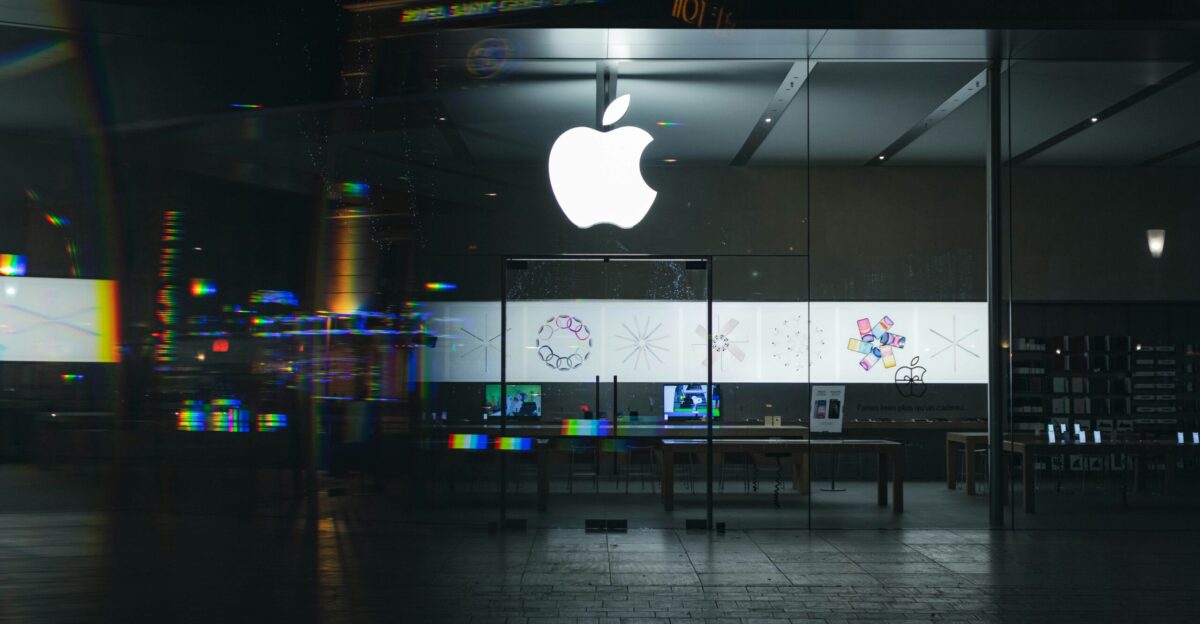
With lofty goals, Apple embarked on its China journey in 2008, when it opened its first flagship location as a key component of its global expansion plan. China was not only a significant source of income for Apple for more than ten years—nearly $67 billion in 2024 alone—but it also exemplified the company’s high-end goal of controlling the rapidly growing smartphone market. Rapid economic growth, urbanization, and the rise of a wealthy middle class ready for luxury goods and international brands all contributed to Apple’s early success.
However, as domestic innovation and competition increased, the retail environment and consumer preferences changed quickly. Apple’s current problems, such as its slower growth and declining market share, point to a strategic turning point.
China is Being Shaken by Consumer and Economic Trends

The overall state of the Chinese economy is becoming more fragile, as shown by declining consumer confidence and deflationary pressures in essential industries like smartphones and electronics. A cooling real estate market, cautious household spending, and the lingering effects of global tariff tensions have all contributed to retail sales growth continuously falling short of projections.
Both domestic and foreign businesses see a decline in sales volumes as a result of these macroeconomic challenges, which increases competition for consumers’ declining spending power. These profound structural problems, which are exacerbated by changes in consumer behavior toward value-consciousness and regional differences in economic recovery, are reflected in Apple’s reported 10% drop in revenue from China since 2022.
Pressures on Market Share and the Competitive Environment

Through the strategic use of technological innovation, competitive pricing, and alignment with local consumer values, Chinese smartphone brands have weakened Apple’s market share. Vivo’s focused regional strategies, Xiaomi’s aggressive value-for-money positioning, and Huawei’s comeback with flagship launches show a combined ability to reach a wider audience.
Apple’s market share in China decreased from 17.9% to roughly 15.5% year over year, according to data from Counterpoint Research, indicating a significant contraction in the face of heightened competition. This pressure puts Apple’s reliance on premium pricing in jeopardy and compels the business to make tough choices about product deployment and retail.
Consumer Behavior and Psychological Factors
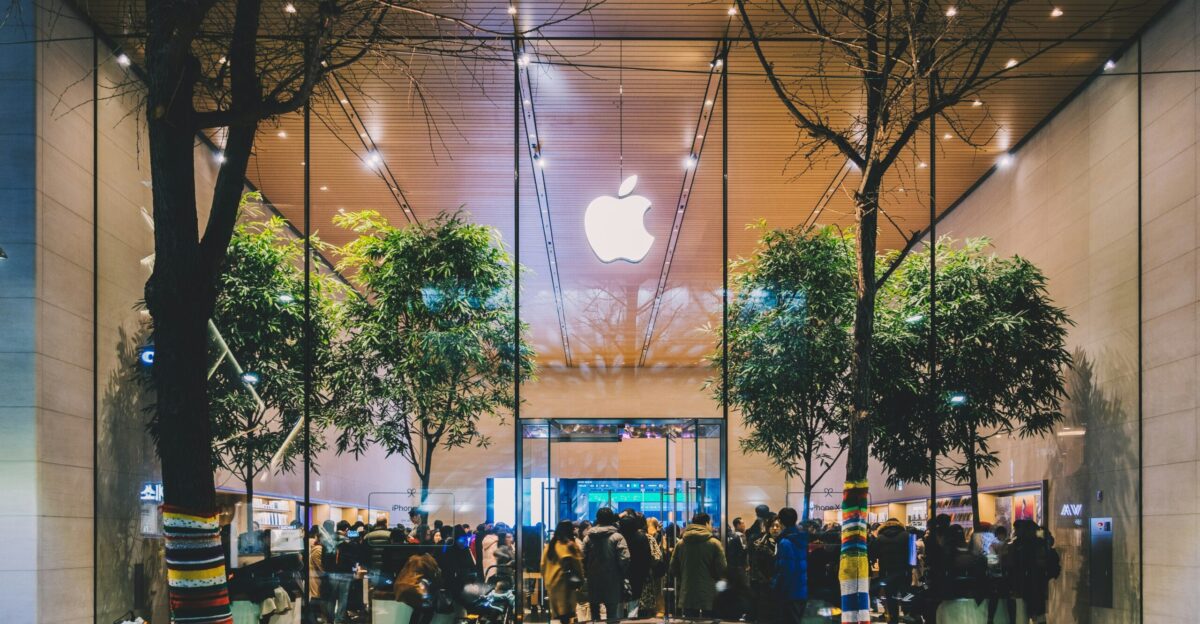
Apple’s retailer issues are also exacerbated by the behavioral and psychological changes of Chinese consumers. Apple products used to be considered near-symbolic status symbols, but in recent years, consumers’ decisions have been influenced by rising economic uncertainty. The demand for Apple’s historically high-priced devices has been stifled by growing income inequality, frugal household budgets, and a growing preference for cost-benefit value over simple brand recognition.
Younger Chinese consumers also show a strong sense of national pride, which influences their preference for domestic brands that are thought to be of comparable quality. The COVID-19 pandemic hastened the transition to online shopping and reduced dependence on traditional brick-and-mortar stores.
Physical Retail’s Strategic Role in Apple’s Model
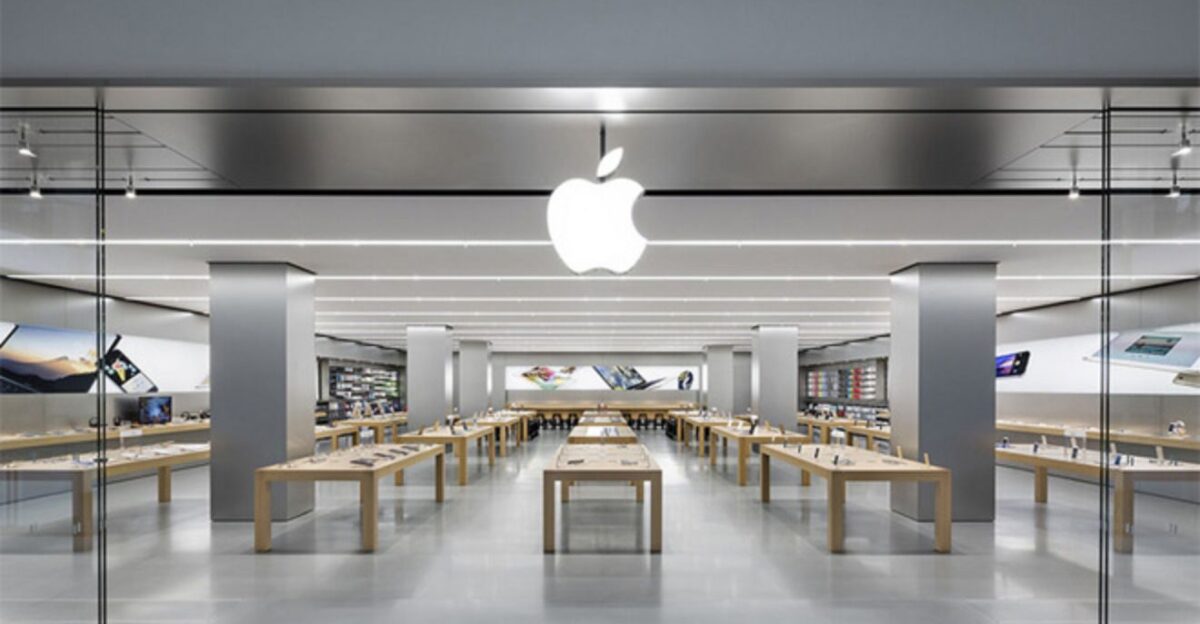
Apple retail locations around the world have long been more than just places to buy things; they are experiential hubs created to increase consumer loyalty through branded in-store events, immersive design, and direct customer service. Closing a physical store is a strategic change that acknowledges that the high fixed costs of retail spaces in some regions exceed their commercial returns.
Given this, Apple’s choice to close the Parkland Mall location while keeping the Olympia 66 store open represents a strategic realignment of resources, giving priority to high-traffic areas with superior infrastructure and customer traction. This selective presence supports a strategy that strikes a balance between the demands of growing digital commerce and the illustrious brand-building role of traditional retail.
China’s broader retail industry dynamics
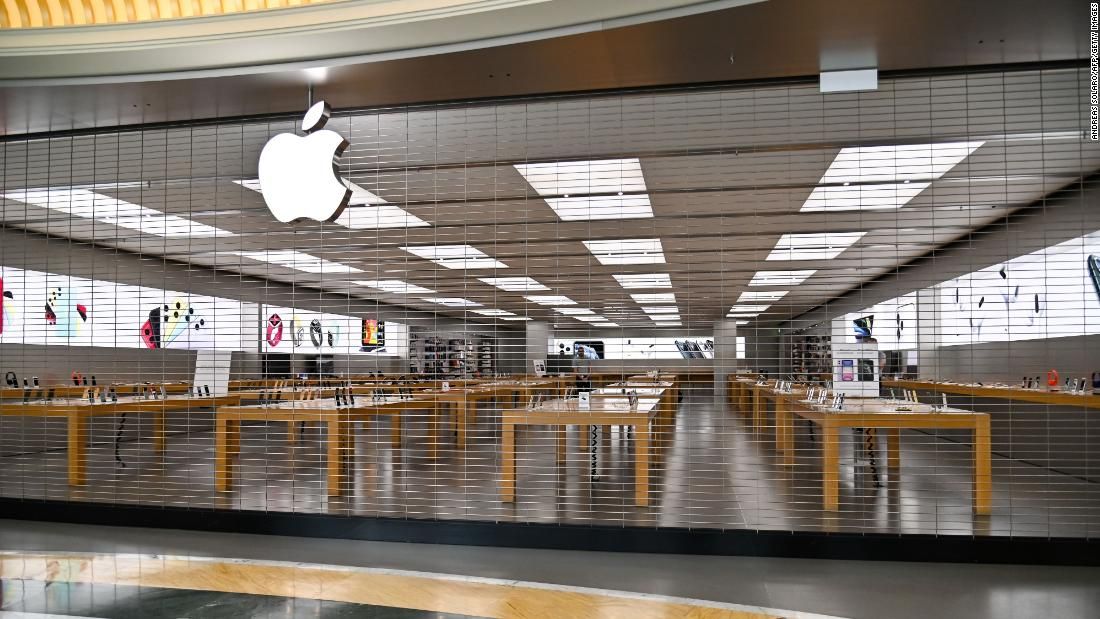
Systemic issues affecting China’s retail industry are reflected in the Parkland Mall store closure. As consumer preferences shift toward convenience, omni-channel shopping, and experiential retail formats, traditional malls are becoming less and less popular. A broad redefining of retail viability is evident in the exit or downsizing of numerous international luxury brands, such as Hugo Boss and Michael Kors, in comparable venues.
Integrated mixed-use projects that combine retail, residential, and entertainment functions are preferred over standalone shopping malls by urban development trends.
Government Regulation and Market Stimulation Initiatives

In an effort to boost consumer spending, the Chinese government has launched a number of stimulus programs, focusing especially on high-impact industries like smartphones and electric cars that support its industrial aspirations. Retail sales have recovered unevenly and generally more slowly than expected despite these efforts, which has complicated prospects for international brands that rely heavily on steady growth.
This discrepancy draws attention to a larger issue facing foreign businesses: China’s market resilience now necessitates creativity and adaptability above and beyond merely depending on governmental actions. Brands must closely adhere to ongoing regulations and internalize the realities of the grassroots market in order to achieve sustainable success.
Possible Remedies and Strategic Reactions for Apple

More investment in product adaptation for China’s unique preferences, such as improved camera features preferred by local users or integration with well-known Chinese social media platforms for marketing outreach, may be one of Apple’s strategic countermeasures in response to these difficulties.
Another way to lessen the decline in physical retail is to strengthen ties with China’s extensive e-commerce networks, including alliances with well-known sites like Alibaba and JD.com. Apple’s concurrent plans to open stores in developing cities like Shenzhen demonstrate a proactive approach to attracting changing consumer groups that are in line with hubs for technological innovation.
Effects of Second Order on Brand Loyalty and Perception
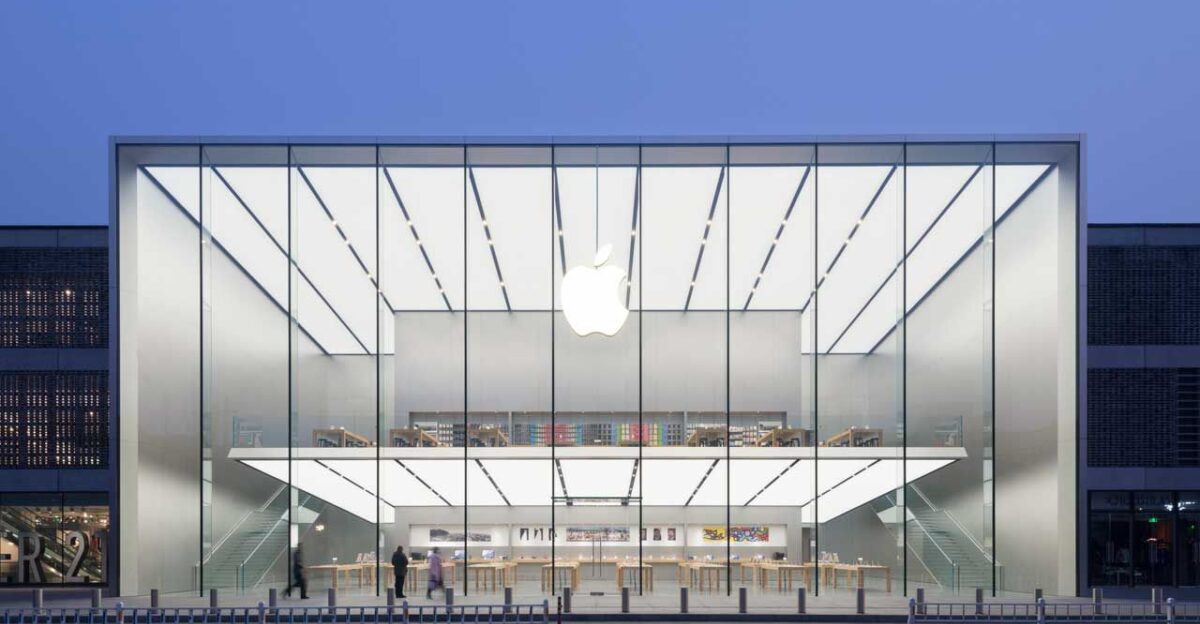
By highlighting operational discipline and improving its retail footprint, the store closure may enhance Apple’s premium reputation even though it may seem like a bad thing. The decision may be seen by devoted consumers as a dedication to quality rather than quantity, which could raise brand recognition in affluent markets.
The contraction, however, runs the risk of decreasing physical touchpoints, which could turn off infrequent buyers or those who value instant availability. This could hasten the shift toward domestic options that are thought to be more accessible.
Is Closure a Sign of Strength?
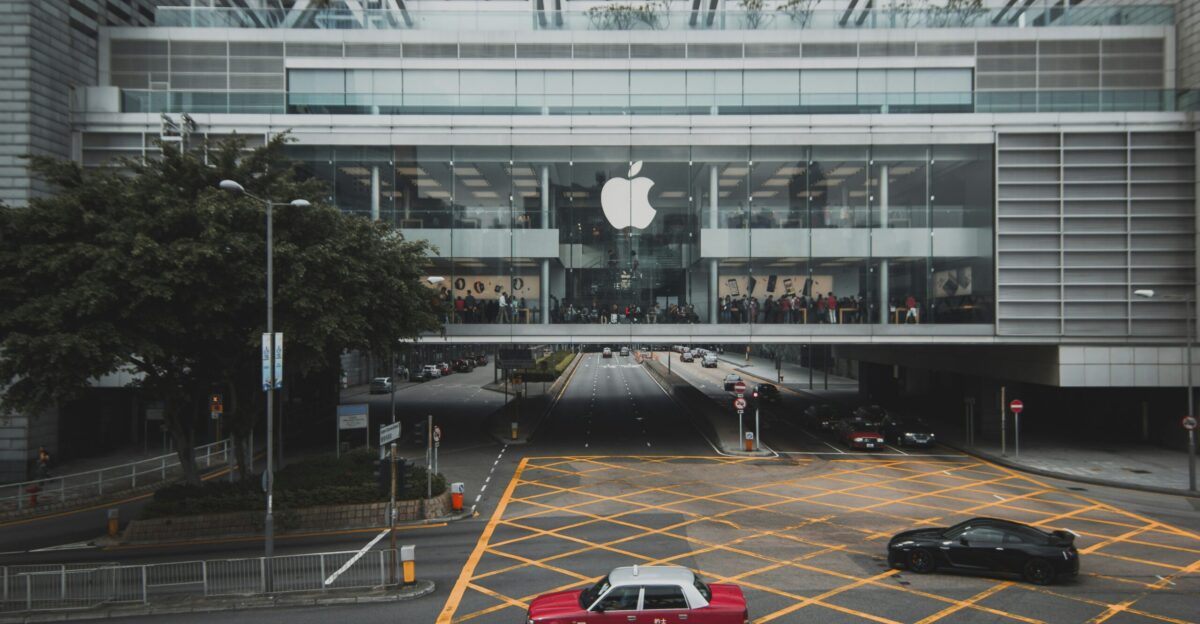
Apple’s choice may be an example of operational discipline and strategic clarity in a volatile market environment, despite the tendency to interpret it as a sign of weakness. Apple increases its ability to shift resource allocation toward higher-yielding investments like digital channels, flagship stores in growth cities, and emerging consumer touchpoints by proactively pruning underperforming retail assets.
Apple is well-positioned in China’s rapidly evolving tech and retail ecosystems thanks to this lean strategy, which puts long-term innovation and resilience ahead of short-term presence in dwindling venues. The closure dispels the myth that market abandonment means failure and serves as a case study in deliberate retrenchment. Instead, it might be a deliberate development that guarantees Apple’s flexibility and discerningness in a challenging but vital market.
Retail Exits as Market Signals: An Extreme Case Study
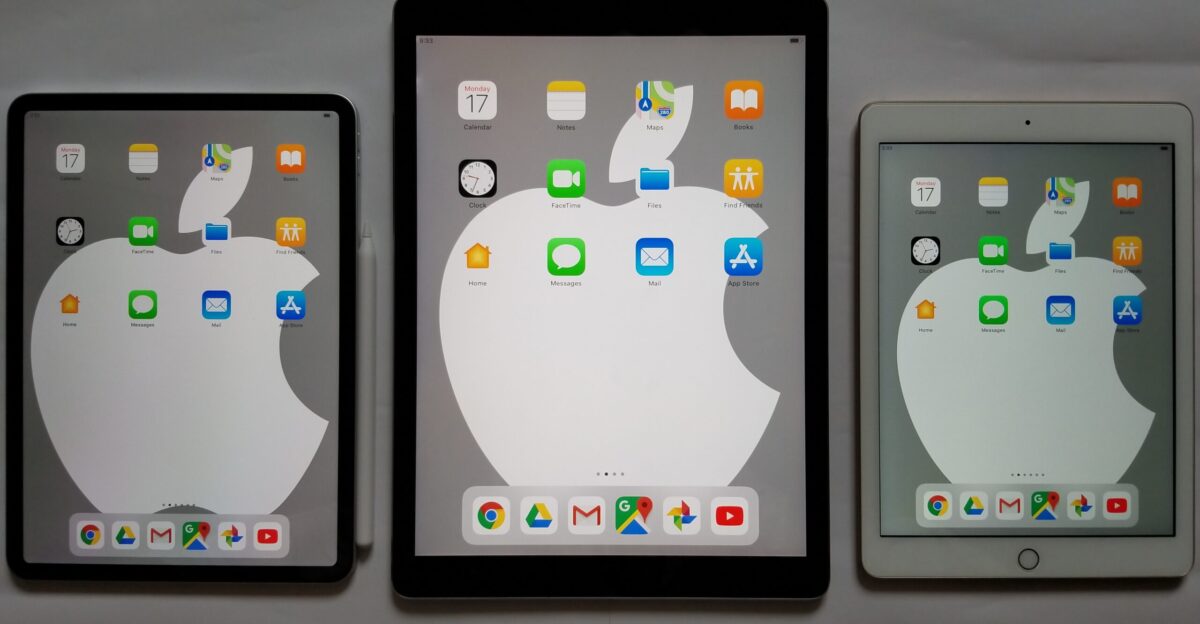
Large-scale brand exits by well-known companies during recessions have historically served as early warning signs of significant market realignments. For example, the departure of luxury brands from malls during past recessions foreshadowed changes in the distribution of consumer wealth and the global transformation of retail formats.
Similar to these precedents, Apple’s store closure suggests a more thorough reevaluation of how multinational tech companies interact with China’s increasingly divided regional markets.
Retail Portfolio Management That Is Flexible

A new strategic framework called Adaptive Retail Portfolio Management (ARPM) is being considered in light of the Parkland Mall closure. This model places a strong emphasis on the ongoing, data-driven re-balancing of retail assets by combining granular localization that is suited to local consumer behaviors with digital platforms, physical stores, and experiential innovations.
Apple’s example exemplifies ARPM by concentrating on its Olympia 66 store while abandoning less profitable locations, underscoring the growing significance of accuracy and agility in global retail strategies. In unstable emerging markets like China, where quick changes in politics, the economy, and culture necessitate that brands dynamically allocate resources in real time to maintain competitive advantage, this strategy is becoming more and more important.
Theories Regarding Apple’s Digital Shift in China

Apple’s closure may represent a wider digital shift, increasing investment in online sales, augmented reality (AR) and virtual reality (VR) retail experiences, and AI-driven customer service catered to Chinese consumers, according to one tenable but unproven theory. These innovations have the potential to improve individualized, convenient shopping while drastically reducing Apple’s reliance on physical retail locations.
Given that China is a leader in digital innovation and tech adoption, Apple’s possible shift would satisfy customers’ demands for smooth transitions between offline and online platforms.
Realignment in Strategy for Long-Term Presence

Apple’s decision to close its first retail location in China marks a turning point in the company’s ongoing market strategy and an admission that agility, selective presence, and innovation, rather than just scale, are more critical for success in China.
Apple aims to maintain its premium brand relevance and operational efficiency in a complex environment by adopting adaptive retail models, stepping up digital innovation, and focusing on critical urban ecosystems. This direct action demonstrates a mature, strategic mindset that understands that resilience in one of the most difficult smartphone markets in the world necessitates constant sensitivity to local dynamics and proactive evolution beyond preconceived notions.
